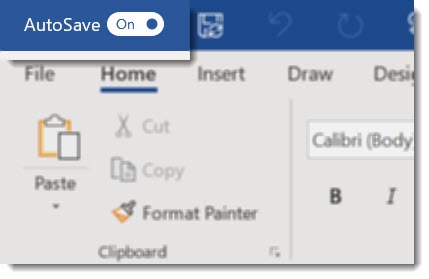
Click or right click the Start button and select Control Panel.Right click the OneDrive icon and click Exit to close it down.

If it fails to sign in and there is nothing wrong with your internet connection, here’s a solution that has worked for many people: It should not say that you are not signed in. It should say “OneDrive up to date”, although if you have just made changes or just switched on the computer, it might not yet have finished syncing. To see the status of OneDrive go to the right side of the taskbar, click the little up arrow to show the tray of notification icons, and let the mouse hover over the OneDrive cloud icon.

The OneDrive app might be running on the computer, but it cannot log in. OneDrive on the computer has to sign in with OneDrive online so that the two can be kept in sync. Hopefully, they will enable you to get OneDrive up and running again. It works perfectly well for most people, but a small number of people have problems with it and some of those problems are addressed here. Windows 7 users can join in the fun by installing the OneDrive app from the website too. The OneDrive folder on the disk drive in Windows 8 and 10, is a mirror image of everything stored online. Here are some solutions to common problems.Īlthough OneDrive is a remote online facility, it has a local offline component too. If you have an Office 365 subscription you’ve got access to a terabyte of space, and it works pretty well.OneDrive is Microsoft’s online storage, a drive in the cloud where you can put your files for safe keeping or to enable them to be accessed from other computers and devices. Or You Could Use OneDrive, PerhapsĪlternatively, you could actually use OneDrive if you want. Note: If you’re using the Pro version of Windows, you’ll need to use a group policy fix to remove OneDrive from the File Explorer sidebar, but for Home users and if you just want this to stop popping up and annoying you at startup, uninstalling should be fine. Head into Settings (press Windows+I), click the “Apps” option, find Microsoft OneDrive under the “Apps & Features” section, and then click the “Uninstall” button. Rather than disable something you plan to never use, the nuclear option is to simply uninstall it. RELATED: How to Disable OneDrive and Remove It From File Explorer on Windows 10 Never Gonna Use OneDrive? You Can Just Uninstall It The next time you reboot your PC, that annoying OneDrive login window should be gone. Give it a good whack with the Disable button, and you’re all done. In Task Manager, choose the “More Details” option at the bottom, and then flip over to the Startup tab, where you’ll see the offending line item.


 0 kommentar(er)
0 kommentar(er)
